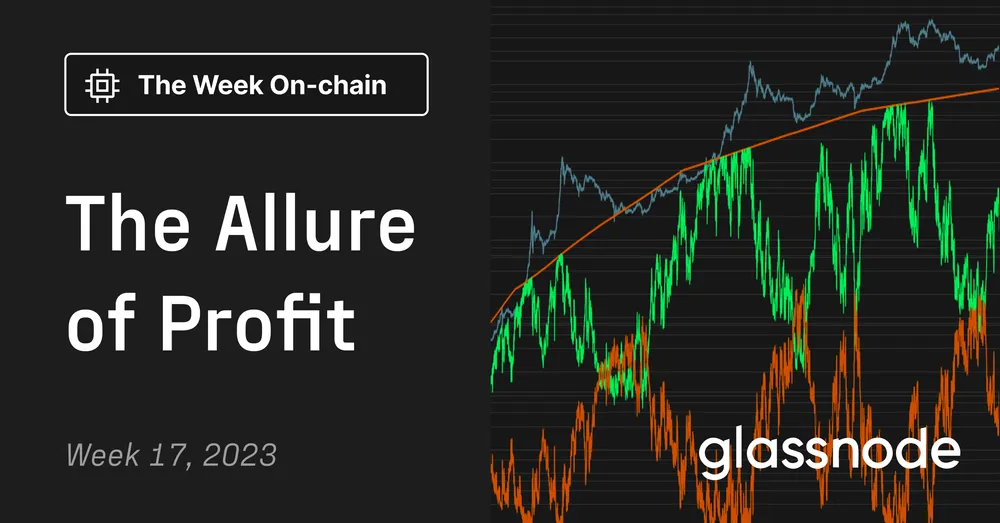The Allure of Profit
After an incredible quarter of price performance, Bitcoin price action has taken a breather. In this edition, we evaluate participant spending behavior to assess the markets conviction towards the prevailing trend.

Introduction
The Bitcoin market found resistance this week, reverting from the weekly high above $30,456k, back down to a low of $27,169k. The opening to 2023 has been historically strong from a price performance perspective, with remarkably few significant corrections along the way, with the largest being -18.6%.
If we allow ourselves the assumption that the November low is indeed a longer-term low, we can see that the scale of drawdowns during this upswing so far, are small relative to past cycles.
With this as context, in this edition, we will focus on both the supply foundation formed over recent months, and then follow up with the profit taking behavior seen this week. We will consult several SOPR variants which offer a lens into the typical behavior patterns seen during corrections in a upswing, as compared to more structural bearish trends.

